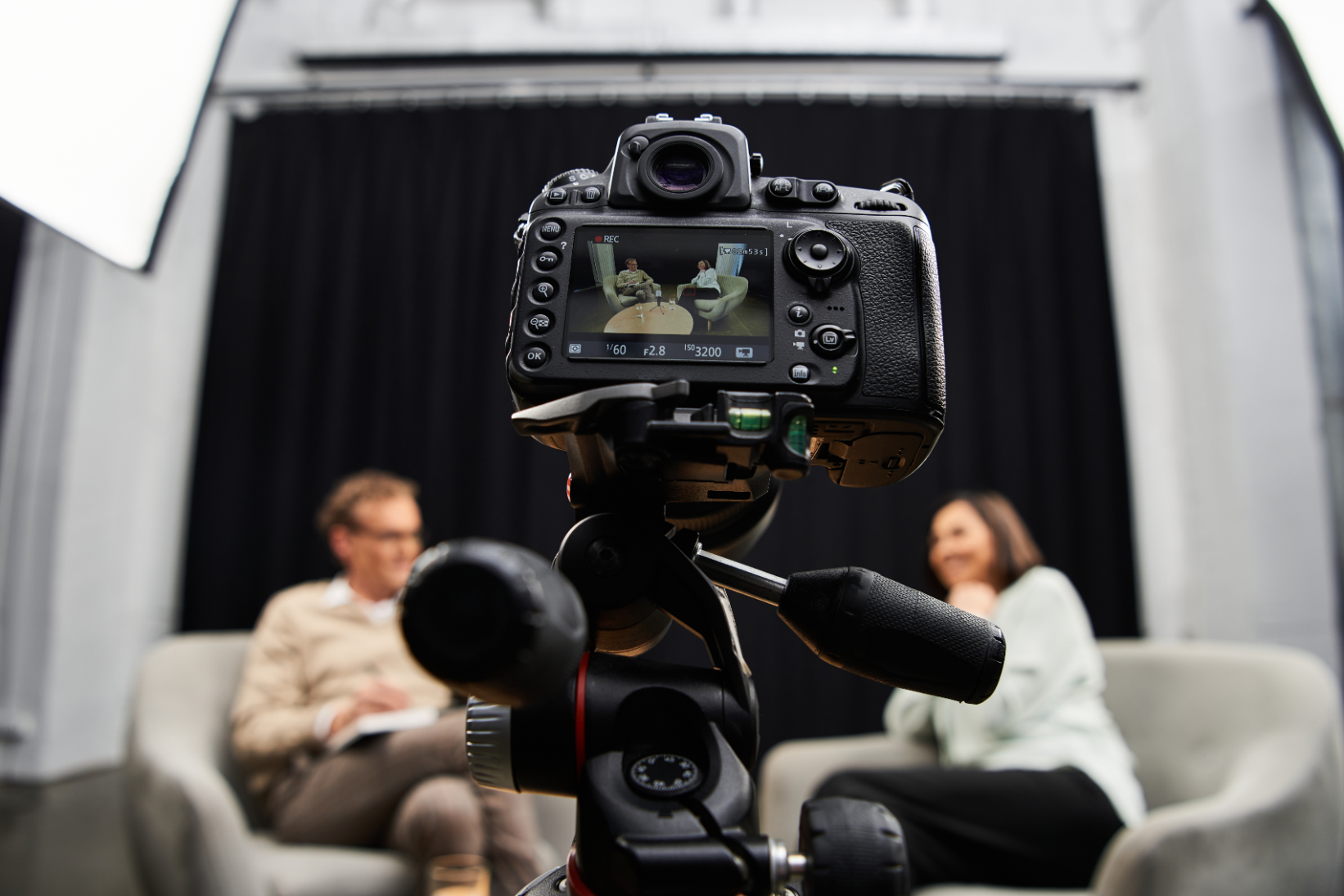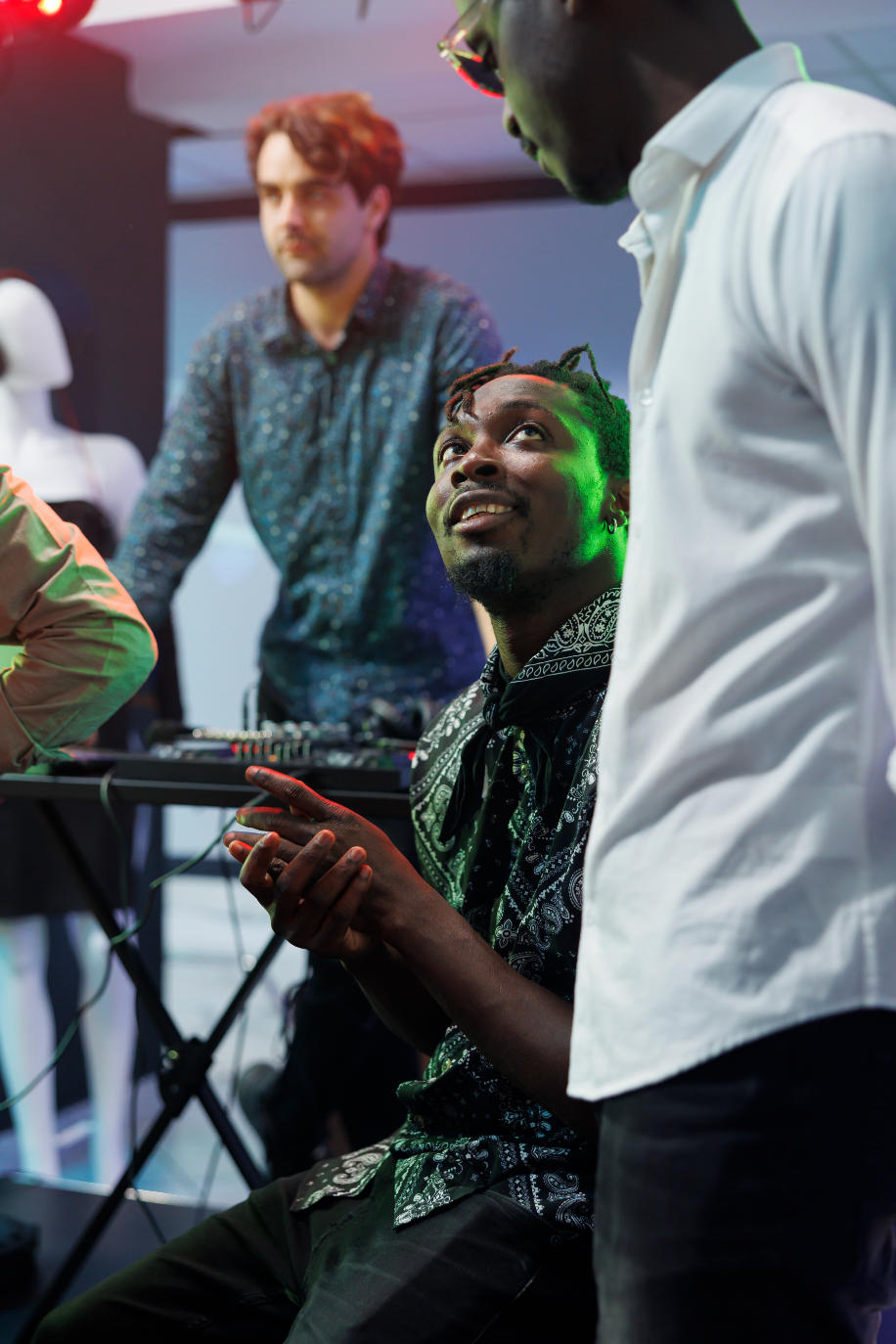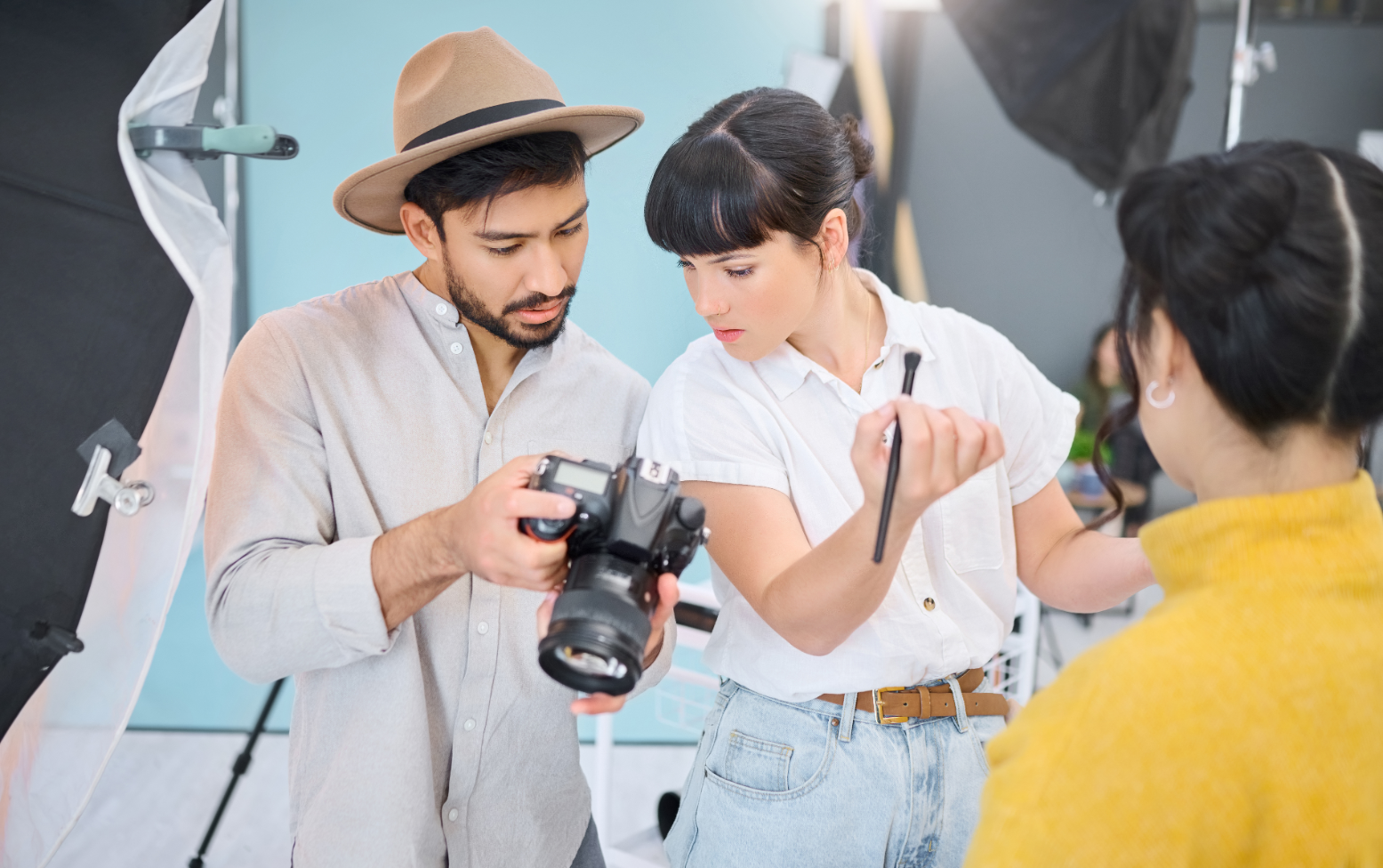Rise of Influencer Marketing: How Brands Leverage Influencers to Reach a New Audience
.avif)
As the marketing landscape continues to evolve, traditional advertising methods are becoming less effective in capturing the attention of modern consumers. Enter influencer marketing - a burgeoning industry that has been gaining traction in recent years as a powerful tool for brands to reach new audiences and build trust with consumers.
But why to bother with influencer marketing, you might ask? Well, for starters, it's highly effective in building trust and credibility with consumers. Plus, it's a great way to reach new audiences and drive engagement and sales. In fact, influencer marketing is projected to be a $21 billion industry by 2023.
So, whether you're a brand looking to up your marketing game, or just curious about the influencer world, buckle up and get ready to dive into the exciting world of influencer marketing!
What is Influencer Marketing and Why is it Important?
So, what exactly is influencer marketing? Simply put, it's the practice of partnering with social media influencers to promote a brand or product.
Influencers are individuals with a large and engaged following on social media platforms such as Instagram, YouTube, and even LinkedIn. They have the ability to sway the purchasing decisions of their followers and are therefore valuable to brands.
Influencer marketing comes in all sizes! From macro to micro to nano influencers, each type can have a big impact on your brand. Macro influencers are great for reaching a wider audience, while micro and nano influencers can provide a more targeted approach. Working with smaller influencers can often lead to higher engagement rates and a more authentic connection with their followers.
Partnering with influencers builds trust and credibility, reaches niche audiences, and provides valuable insights. With a carefully planned campaign, you can reap the rewards of increased brand awareness, engagement, and sales.
How Brands Leverage Influencers?
Influencer marketing for brands has become a powerful tool to tap into the trust and loyalty of social media users and drive engagement.
Here are some of the most common ways brands use influencer marketing to achieve their goals:
1. Sponsored Content
Brands partner with influencers to create sponsored content that promotes their products or services. Influencers create social media posts, blog articles, or videos that showcase the brand's offerings and encourage their followers to try them out.
Influencer video marketing is a powerful tool for brands to promote their products or services by partnering with authentic celebrities or influencers who have a genuine connection with their followers.
By creating sponsored content and building an emotional connection with their audience, brands can target niche audiences and access valuable insights and data to make informed marketing decisions.
For instance, PUMA partnered with Indian cricket team captain Virat Kohli, who has a large following among cricket fans in India and embodies the brand's values of fitness and dedication to the sport.
This naturally lead to boost in sales and the brand witnessed huge conversions.
2. Product Reviews
Brands send products to influencers for review, allowing them to showcase the product in action and provide their honest feedback. This type of content can help build credibility and a loyal fanbase.
Factors that the brand should consider when choosing an influencer for this collaboration could include their audience demographics, engagement rate, and overall brand alignment.
To measure the success of the collaboration, the brand track metrics such as website traffic from the influencer's referral link, sales generated from the promotion, and social media engagement (likes, comments, shares) on the influencer's post. They also consider the overall sentiment of the reviews and feedback from customers who tried the products as a result of the collaboration.
3. Brand Ambassadors
When brands make influencers their brand ambassadors, they consider a variety of factors such as the influencer's engagement rate, audience demographics, content style, and overall brand fit. Brands want to work with influencers who align with their values, brand image, and target audience.
To measure the success of this collaboration, brands track metrics such as engagement rates, follower growth, and conversions. They also use unique URLs, discount codes, or affiliate links to track sales generated by the influencer's promotion. Additionally, brands survey their audience to gather feedback on the effectiveness of the partnership and its impact on their brand perception.
For example, The comedian and YouTuber Bhuvan Bam is the brand ambassador for companies like Lenskart and One Plus.
Due to his huge fan base, the brand gains more attention as a result of increasing engagement and brand awareness.
4. Collaborative Content
Brands collaborate with influencers to create co-branded content that is shared across both their channels. This type of content can help increase brand reach and exposure to new audiences.
We recently shot a video for Cult, with a social media influencer - Saloni. With a growing following of over 1.2 Million, Saloni has built a reputation for her fun content, that is relatable to many. Her creative and unique style, paired with her engaging personality, made her the right choice for Cult and this fun video style to promote fitness anywhere!
Want a similar video to get done for you? Contact us!
Some other examples of using influencers for video ads include:
Dairy Milk and Mithila Palkar: Mithila Palkar's partnership with Cadbury's Dairy Milk Silk has helped the brand reach a wider audience and create a strong presence on social media. She has been featured in various ad campaigns and promotional videos for the brand, showcasing its products and services to her millions of followers.
Myntra and Ranbir Kapoor: Myntra, the fashion and lifestyle e-commerce platform, has partnered with Bollywood actor Ranbir Kapoor as its brand ambassador. Kapoor is known for his style and fashion sense, and his association with Myntra has helped the brand connect with its target audience.
Amazon Prime Video and Kusha Kapila: Amazon Prime Video collaborated with comedy influencer Kusha Kapila for their "Four More Shots Please!" campaign. Kusha created a series of promotional videos for the show, which were shared on her Instagram handle.
All of which increases Brand awareness of the brand, its product and fuels up their sales with a positive ROI.
The Future of Influencer Marketing in 2023
Influencer marketing has been rapidly growing over the years and it is expected to continue to thrive in the future. Here are some of the trends and predictions for the future of influencer marketing in 2023:
Growth of short-form video content: Short-form video content, such as Instagram Reels and YouTube Shorts, is becoming increasingly popular. Brands are expected to invest more in this type of content and partner with influencers who have a strong presence on these platforms.
Integration of AI and Data Analytics: With the help of AI and data analytics, brands can better measure the success of their influencer marketing campaigns and target the right audience more effectively.
Rise of Social Commerce: Social media platforms are increasingly adding e-commerce features, allowing users to purchase products without leaving the app. Influencer marketing is expected to play a big role in this trend, with influencers promoting products and driving sales directly through social media.
Takeaway
Influencer marketing has become an increasingly important part of the digital marketing landscape. By leveraging the reach and influence of social media influencers, brands can effectively connect with their target audience in a way that traditional advertising methods simply can't match.
From celebrities to nano influencers, there are many types of influencers to choose from, each with its own strengths and benefits. As we look ahead to the future of influencer marketing, it's clear that this trend is here to stay. By staying up-to-date with the latest trends and best practices, brands can continue to leverage the power of influencer marketing to drive business growth and achieve their marketing objectives.
So, what are you waiting for? Contact us today and let’s leverage influencer video marketing for your business


